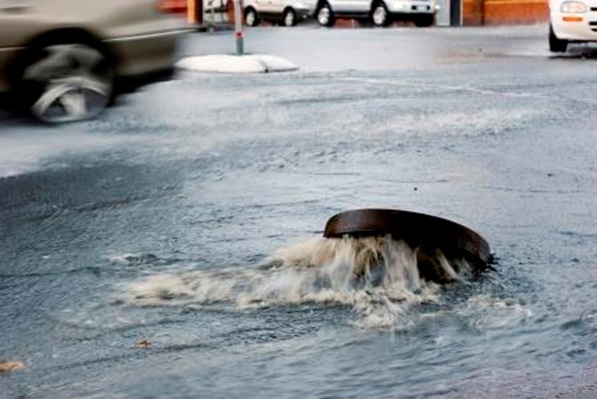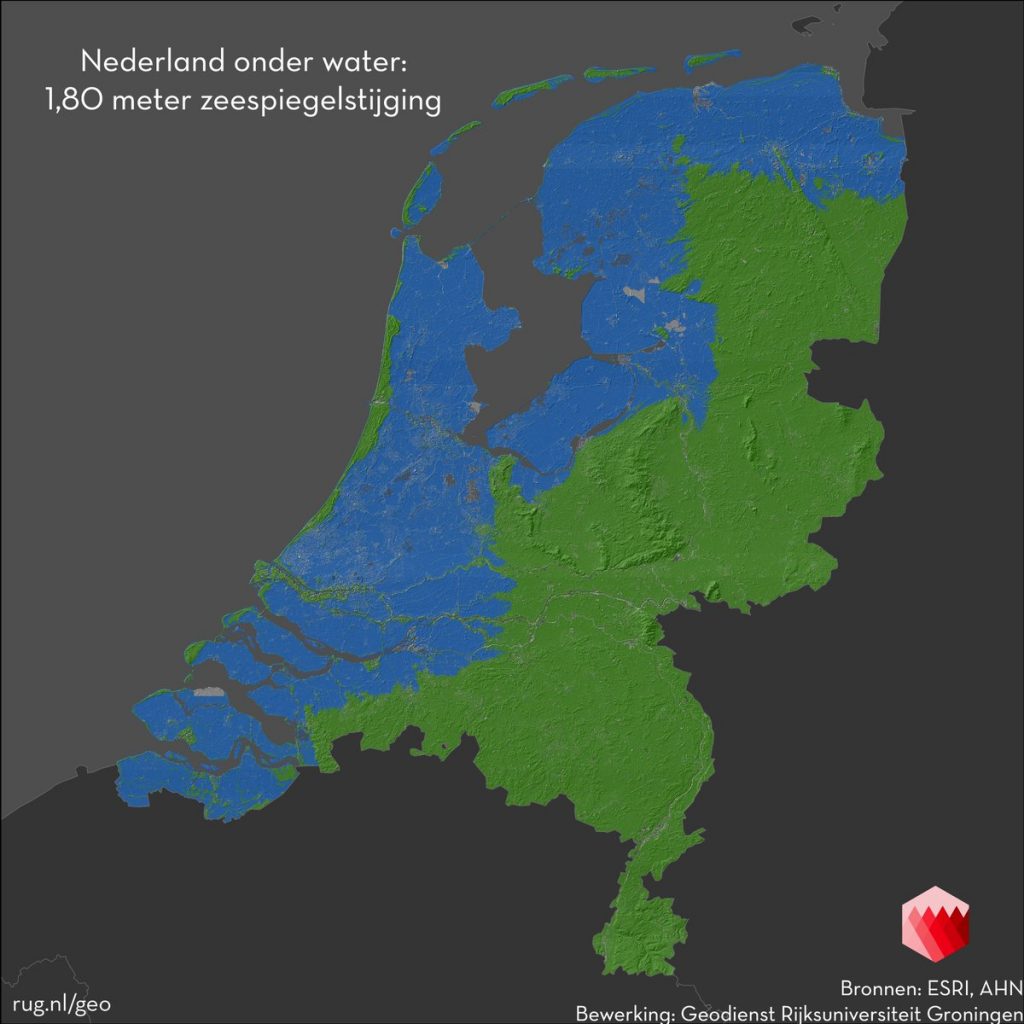What is a search and rescue team?
There are six different types of search and rescue teams (Lowland Rescue, Mountain Rescue, Cave Rescue, Urban Rescue, Combat Rescue, Maritime Rescue), who all follow the same goal: find and save people in need. However, especially in the maritime rescue sector this is not always an easy task. At first, the sight underwater is often cloudy, especially in the Netherlands and Germany. Secondly, there could always be flows in the water, which make it difficult for the rescue team to reach the victim.
A cooperation with underwater drones, can help to minimise the risk for divers and to maximise the efficiency of the search. In order to understand how H2o Drones can help the search and rescue teams best, one needs to understand how those teams operate.
A typical Maritime Search and Rescue Mission
A Search and Rescue team gets involved, after a person is announced missing. Mostly, a broader location is already mentioned, for example a lake. Consequently, a team of divers will be deployed to the area. However, the team will not just jump in the water to look for the missing person, before they divide the area in grids. Then, each grid will then be searched by a diver.
The division of grids, is used in order to ensure that all parts of the area are searched and to create a structure during the search. However, this method is also very time consuming and the team should work as fast as possible. After the victim is located, the diver will bring it to the surface or the shore, depending on the risk for the diver and the victim.
How can H2O Drones support those missions?
H2O Drones that not have the entitlement to replace current diving teams. The diving teams and the human contact is and will always be crucial for the recovery of victims. However, there is room for improvement with regards to time and efficiency, which can be filled by the cooperation with our drones.
A drone, is ready for use within 5 minutes, which is faster than a team of divers. Further, the use of drones makes the division in grids redundant. The GPS system of the drone, helps to keep an overview of the parts that were already searched and parts that still needs to be searched. Again, this saves time which can decided over life and dead.
Besides the time factors, drones can help with he sight in cloudy waters. While divers, only have their eyes and sometimes a flash light, this is often not enough to see clearly. Our drones are equipped with a sonar system, which allows the drone to identify objects even in cloudy and unclear water.
Lastly, our drones are not only there to help the victims but also ensure a safe working environment for the divers. Every time, a diver jumps into the water to look for a victim, the conditions that wait for him are unclear. This could lead to dangerous situations for the diver, where he can get caught or get stuck on the mission. Above all, this must be avoided. H2O Drones, helps with that! We can send our drone before the diver, to find a save way for the diver, so he can reach the victim safe and quick.
Currently, we are already working together with Signi in the Netherlands, to support their dog rescue team with our drones. In our blog , you can read more about our cooperation with them and how our drones help to make rescue missions safer and more efficient.
Continue reading “Maritime Rescue – a bit more safety with H2O Drones”










 But in addition to land reclamation, the Netherlands is also very busy with sustainable energy. For example, by placing many wind farms in the North Sea, the windmills are largely out of sight, catch a lot of wind and provide the most benefit to everyone. Many bridges are in the water in Zeeland, where large peninsulas are connected by the longest bridge in the Netherlands!
But in addition to land reclamation, the Netherlands is also very busy with sustainable energy. For example, by placing many wind farms in the North Sea, the windmills are largely out of sight, catch a lot of wind and provide the most benefit to everyone. Many bridges are in the water in Zeeland, where large peninsulas are connected by the longest bridge in the Netherlands! 









